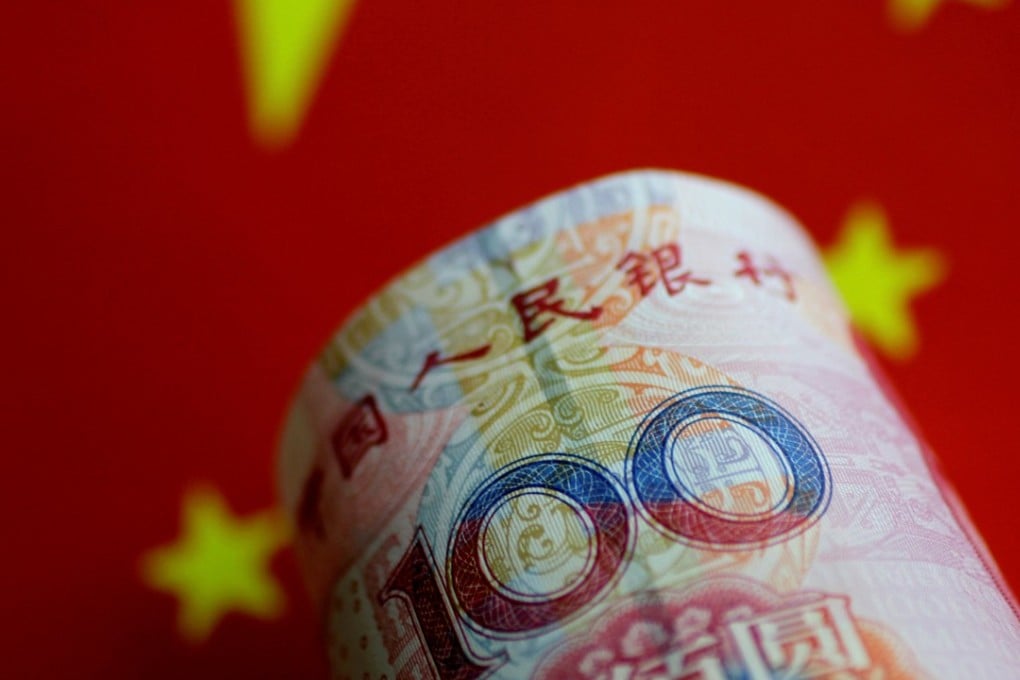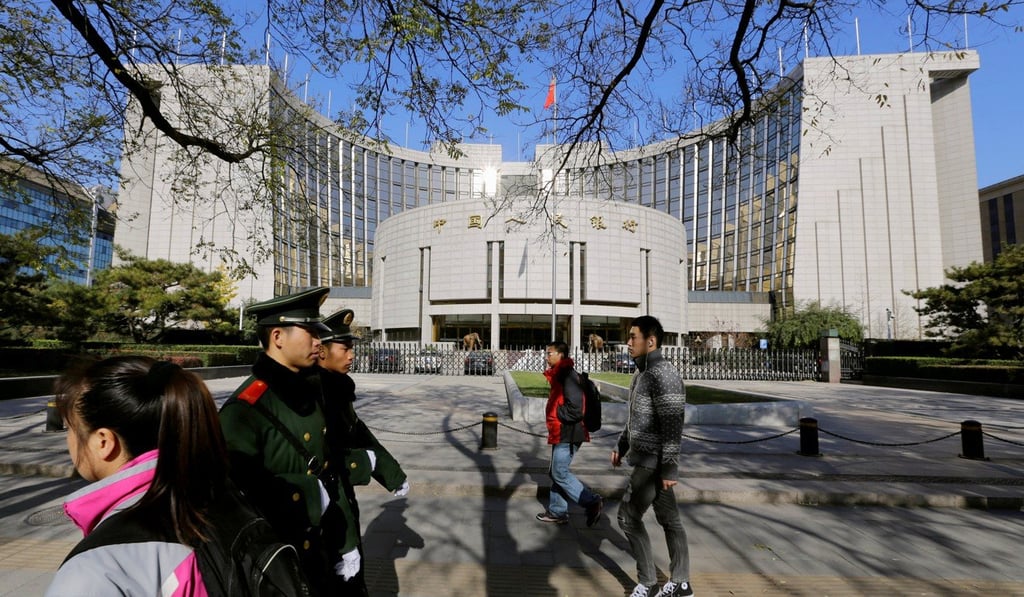Four years after China’s cash crunch, has ‘Mother PBOC’ spoiled her ‘kids’?
In June 2013, China’s overnight borrowing rate between banks surged to 30 per cent. Will lingering fear hinder Beijing’s efforts to prevent a future meltdown?

Four years after a crunch hit China’s money market, the People’s Bank of China remains haunted by it, and those fears could hinder Beijing’s efforts to stave off a real financial meltdown.
What happened this week four years ago gave China possibly its closest taste of a financial crisis as the overnight borrowing rate between banks surged to 30 per cent. The squeeze occurred partly because the PBOC was trying to exit a super-loose policy by reducing a cheap credit supply.
The resulting shock was so severe that Premier Li Keqiang was forced to halt a meeting in Zhongnanhai, the walled compound for Chinese leaders, on June 20 to make emergency phone calls related to the matter, according to a report on the government website a few months later. Li, then only in office for three months, “made one [money market related] instruction every day” and convened meetings to discuss the incident.

A source who was briefed about the meetings but declined to be named told the South China Morning Post that the central bank, which reports to the cabinet, was criticised for not seeing the money crunch coming.
In the following years, China’s money markets didn’t see another crunch as serious as the one in 2013 thanks to the central bank’s launching many new liquidity tools and becoming more sensitive to changes in the market. Its changed stance earned the bank the nickname of “Mother PBOC” among traders – referring to the idea of a mother who looks after her naughty kids, and who always steps in to help them when the kids cry.
